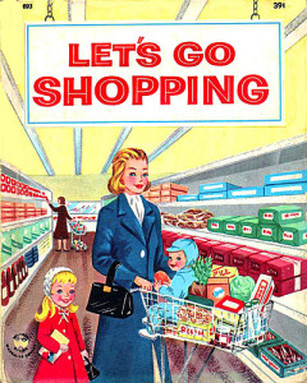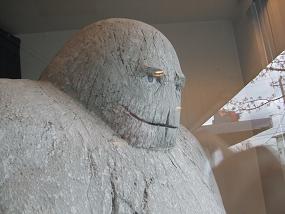
By this point I want to start having firm posting dates for responses. I would like us to up to a through BR #4 by Wednesday, 5:00 PM (both classes). I definitely want to discuss these articles during our first meeting of the upcoming week.
if you'd like to read the original, longer article, simply click this link.
Briefly summarize, in your own words (with limited quotes) the following concepts utilized by
Paco Underhill in his consultancy:
- Decompression Zone
- “Butt-Brush” Theory
- Invariant Right
- Petting
Discuss the implication of Underhill’s practices, including his use of surveillance cameras. Try to
answer Gladwell’s question: “Should we be afraid of Paco Underhill?”

 RSS Feed
RSS Feed